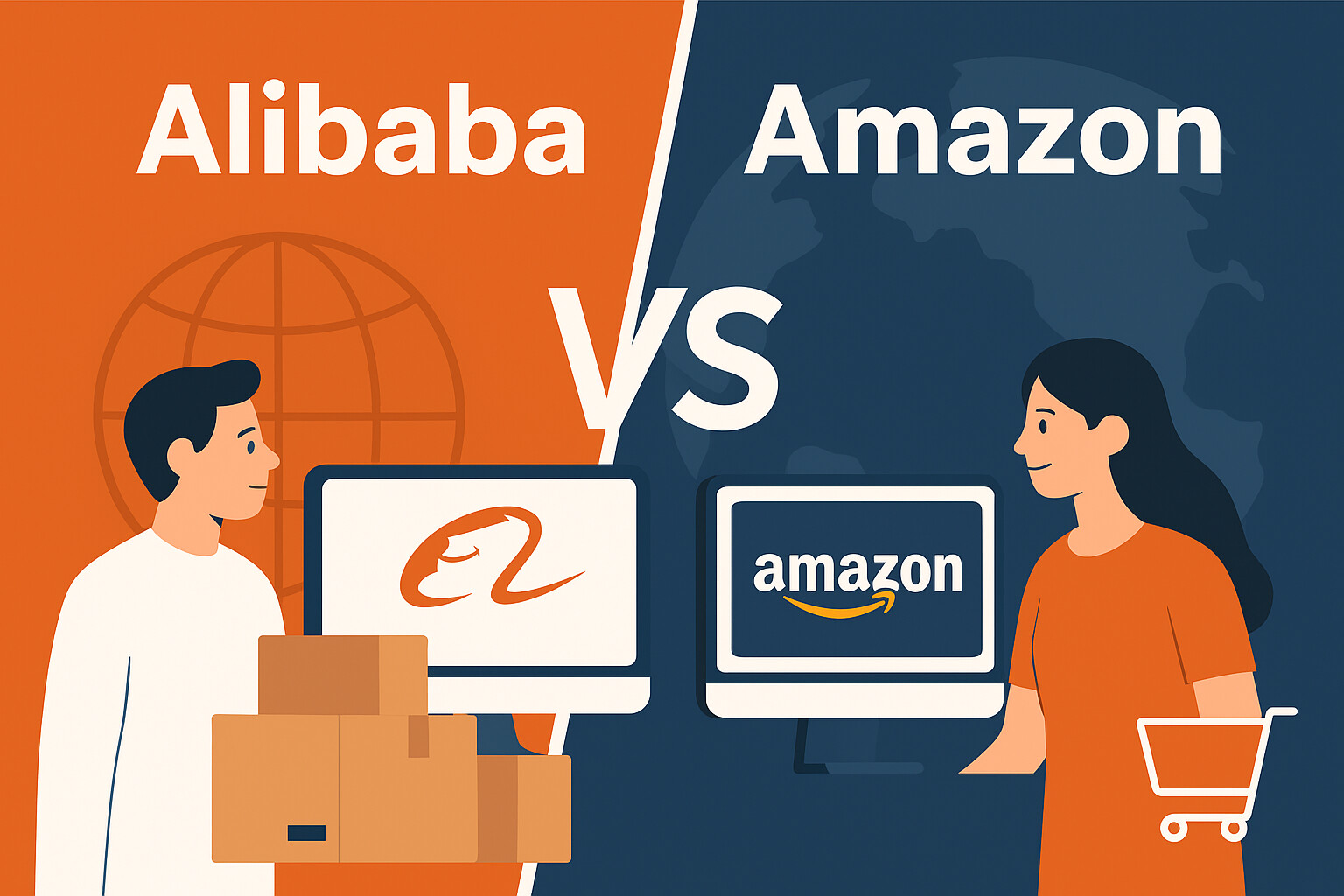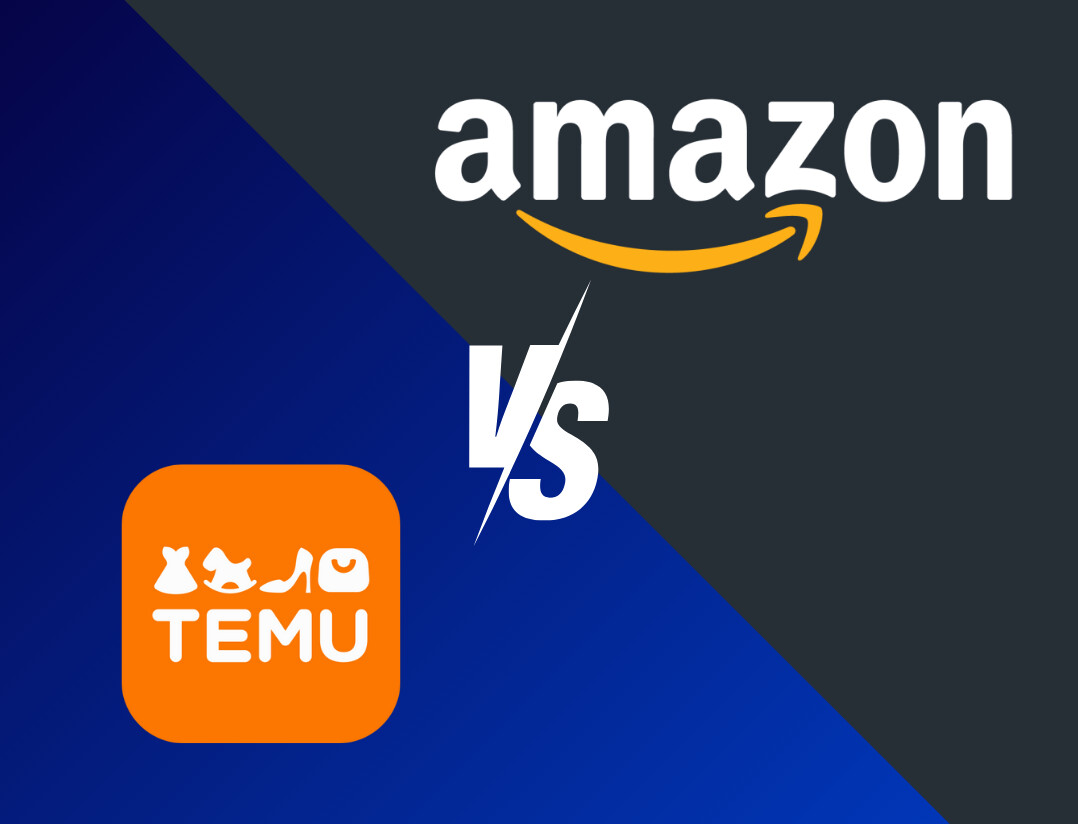Marketing trends 2023 (Part 2) – these four developments are crucial for successful marketing in e-commerce

The e-commerce trends 2023 impact various areas of online retail. In our last post, we took a closer look at the trends in e-commerce strategies. However, new opportunities are also emerging in marketing, and already known channels are gaining further importance. We take a close look at the most important marketing trends 2023 in e-commerce: Here’s what online sellers should pay special attention to in the coming year.
Marketing trends 2023 – customers want to experience the extraordinary
Marketing in online retail is dynamically changing today with the needs of customers. This is particularly evident in the marketing channels, which have become increasingly extensive in recent years. But not only the channels, the technologies have also evolved and offer new, innovative customer experiences. Because that is exactly what marketing trends 2023 in e-commerce are about: a unique customer experience.
The e-commerce trend towards social commerce and discovery commerce on social media platforms should not be underestimated. On one hand, this trend affects e-commerce strategies. On the other hand, social commerce also has a significant impact on the marketing of online sellers. The reason: Different rules apply on social media compared to traditional email marketing, for example. This is particularly evident through the increasingly relevant discovery commerce. Here, potential customers “find” products based on the information that – in this case – Facebook sporadically displays in the users’ feed according to user interests.
In general, it is true on social media: The shopping experience is seamlessly integrated into the entertainment experience. Johannes Altmann, founder of Shoplupe, confirms the importance of discovery commerce: “A user research project I conducted showed that consumers do not feel inspired by online shops. While we create a few inspiring shop pages and some impulse purchases occur, these are often based on the combination with attractive prices and offers. Products need to find their customers, and they do so on Facebook or Instagram.”
“A user research project I conducted showed that consumers do not feel inspired by online shops. While we create a few inspiring shop pages and some impulse purchases occur, these are often based on the combination with attractive prices and offers. Products need to find their customers, and they do so on Facebook or Instagram.”
Johannes Altmann, founder of Shoplupe
Above all, Generation Z is coming into focus for online sellers in marketing. They not only spend a lot of time on social media platforms, but they also increasingly expect to find an embedded shopping experience there. The trend towards social commerce is evident, not least through the continuously expanded e-commerce features that Facebook and Instagram offer to businesses. The sales potential on social media is expected to continue to increase in 2023.
2. AR, VR, AI, Metaverse, and NFTs – Innovation power for online retail
In the coming year, online retail will come into contact with innovative technologies such as augmented reality, virtual reality, artificial intelligence, the metaverse, and non-fungible tokens more than ever. Major companies like Adidas and Zalando are already testing VR applications to maintain contact with sellers and customers and to present new products and stores. The increasing testing has been driven by the Corona pandemic. Retail had to react quickly and find new ways to connect with customers.
For sellers, AR and VR applications can be quite beneficial for product presentation in the online shop – entire pop-up stores, like the ones Zalando tested in Madrid, are still more of an exception. Even smaller applications can provide customers with valuable service and thus a better customer experience, for example in the clothing segment: Here, VR can help customers get an impression of how the garment looks on their own body before making a purchase. And all with just a few clicks.
AI, on the other hand, will play a significant role in the e-commerce trends 2023 for the personalization of content and product suggestions – more on this under point seven. The metaverse and digital collectibles, known as non-fungible tokens (NFTs), are gaining more attention, especially in e-commerce marketing. The metaverse and NFTs are already considered promising opportunities to significantly strengthen customer loyalty. Sellers can use NFTs to securely offer customers exclusive digital products or discounts.
The metaverse can also serve as an extended sales space to introduce new products to the community. However, how the metaverse and NFTs will develop exactly is still uncertain, as Hagen Meischner, Partner Manager at Shopify, explains: “Perhaps the metaverse will eventually evolve into a digital video conferencing platform or something similar, and NFTs can be embedded in other technologies to enhance the security of digital transactions. But I don’t think NFTs will establish themselves in the long term as standalone digital products that consumers will buy.”
“Perhaps the metaverse will eventually evolve into a digital video conferencing platform or something similar, and NFTs can be embedded in other technologies to enhance the security of digital transactions. But I don’t think NFTs will establish themselves in the long term as standalone digital products that consumers will buy.”
Hagen Meischner, Partner Manager at Shopify
3. User Generated Content in marketing for more credibility
Regarding Community: E-commerce companies should focus even more on content marketing created by users for users in 2023. User Generated Content (UGC) is the keyword for more credibility in content marketing. Whether customer photos or videos – content created by customers for other customers is far more effective than pure brand advertising that is polished to a shine. How important User Generated Content will be for e-commerce in the coming year is shown, among other things, by survey statistics: For example, 66 percent of 19 to 26-year-olds state that they read customer reviews before online purchases. For retailers, this means placing more focus on UGC and less on glossy advertising.
4. Personal instead of mass – personalization remains a success criterion
The same applies to the topic of customer communication. A personal approach is already expected by the majority of customers. In a Sendcloud survey, 52 percent of respondents confirmed two years ago that they want personalized offers from retailers. The trend towards personalization is gaining momentum every year. Therefore, personal communication is one of the most important e-commerce trends in 2023. This applies not only to offers but also to customer support. Retailers should ensure that customers can reach personal support – this can also be achieved very well through the integration of a live chat, which simultaneously offers a new customer experience.
Marketing in e-commerce will need to place even more focus on the personalization of content in the coming year to reach customers. An important point is also authenticity. Instead of glossy marketing, community management and user generated content play a crucial role in making customers, brands, and companies feel connected. Furthermore, marketing will increasingly be embedded in the customer experience – especially on social media channels.
Image credit: © AAYDESIGN – stock.adobe.com









